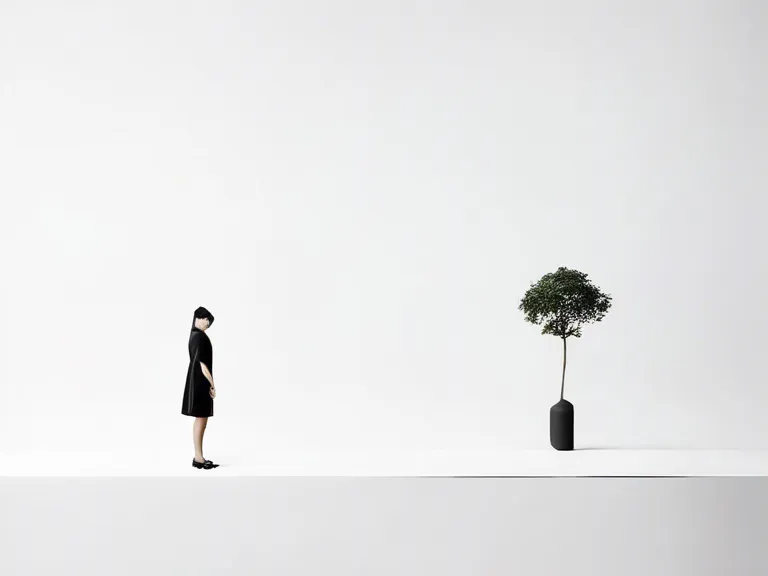
Minimalism and the Buzz Shift: How Less Became More in Modern Culture
In a world inundated with excess and clutter, the minimalist movement has gained traction as a refreshing antidote. Minimalism is not just about decluttering your physical space; it's a mindset and a lifestyle choice that focuses on simplicity, intentionality, and essentialism. But how did the concept of "less is more" become so popular in modern culture?
The rise of minimalism can be attributed to various factors. One key driver is the increasing awareness of the negative impacts of consumerism and materialism on our well-being and the environment. As people become more conscious of the need to reduce waste and live more sustainably, minimalism provides a practical and impactful solution.
Advancements in technology and design have also played a significant role in the popularity of minimalism. Sleek and minimalist designs have become synonymous with modernity and sophistication, leading many to adopt minimalist aesthetics in their homes, workspaces, and digital interfaces.
Moreover, the digital age has brought about a phenomenon known as the "Buzz Shift." In a world saturated with information and distractions, people are seeking reprieve in minimalism. The minimalist aesthetic not only offers visual clarity but also helps reduce mental clutter and promotes focus and mindfulness.
Minimalism has also permeated popular culture, influencing fashion, art, architecture, and even social media. Influencers and brands are leveraging the minimalist trend to convey elegance, sophistication, and a sense of luxury. The mantra of "less is more" has become a symbol of refinement and taste in an age of excess.
In conclusion, minimalism has transcended from a design trend to a cultural movement that advocates for simplicity, purpose, and conscious consumption. The shift towards minimalism in modern culture reflects a growing desire for authenticity, quality, and meaning in a world overwhelmed by noise and distractions.



